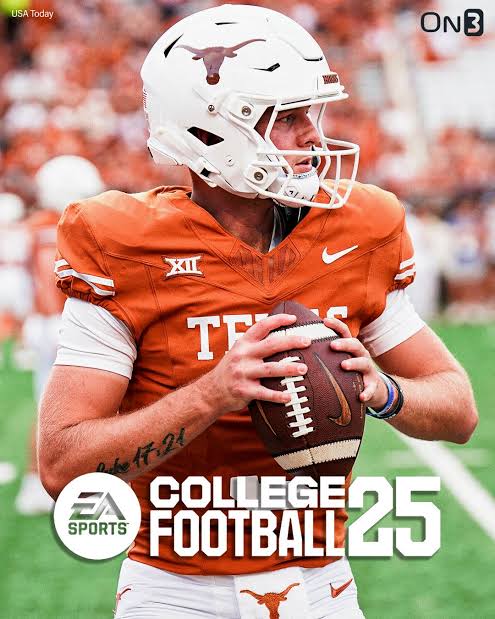
Quinn Ewers’ journey through college football has become a prime example of how the NCAA is evolving, particularly in terms of recruitment, the transfer portal, and NIL (Name, Image, Likeness) rights. Ewers, a highly touted quarterback prospect from Southlake, Texas, initially committed to play at the University of Texas, but his story took a unique turn that has highlighted the shifting landscape of college athletics.
Ewers first made headlines in 2021 when, as a high school senior, he made the rare decision to skip his senior year of high school and reclassify to the 2021 class. His decision was largely driven by the opportunity to capitalize on NIL deals, which were allowed by the NCAA in July 2021. This was an unprecedented move, as most athletes finish high school before moving on to college sports. By reclassifying, Ewers was able to join Ohio State University early and begin preparing for his future in college football, while simultaneously signing NIL deals worth six figures.
His time at Ohio State, however, was short-lived. Despite the high expectations, Ewers found himself buried on the depth chart behind established starter C.J. Stroud. After one season, he transferred back to Texas, where he was promised a chance to start. The decision to transfer highlighted another evolving aspect of college athletics: the increasing use of the transfer portal, which allows players to move between schools with greater ease and less consequence.
Ewers’ career illustrates how athletes are now empowered to take more control of their futures, not only in terms of where they play but also in how they generate income. NIL has opened the door for athletes to profit from their likenesses while still in college, a significant shift from the past when college athletes were not allowed to receive financial compensation beyond scholarships. His case also demonstrates the role of the transfer portal in providing athletes with more flexibility. Players like Ewers are no longer locked into a single school and can pursue opportunities that fit their needs, both athletically and financially.
As college football continues to undergo these changes, Ewers’ story will remain a powerful symbol of the new era. It is a period in which athletes are increasingly treated as professionals with agency, reshaping how recruitment, compensation, and mobility function in the NCAA. Ewers’ story, still unfolding, offers a glimpse into the future of college athletics—where players’ careers and financial prospects are in their hands more than ever before.


